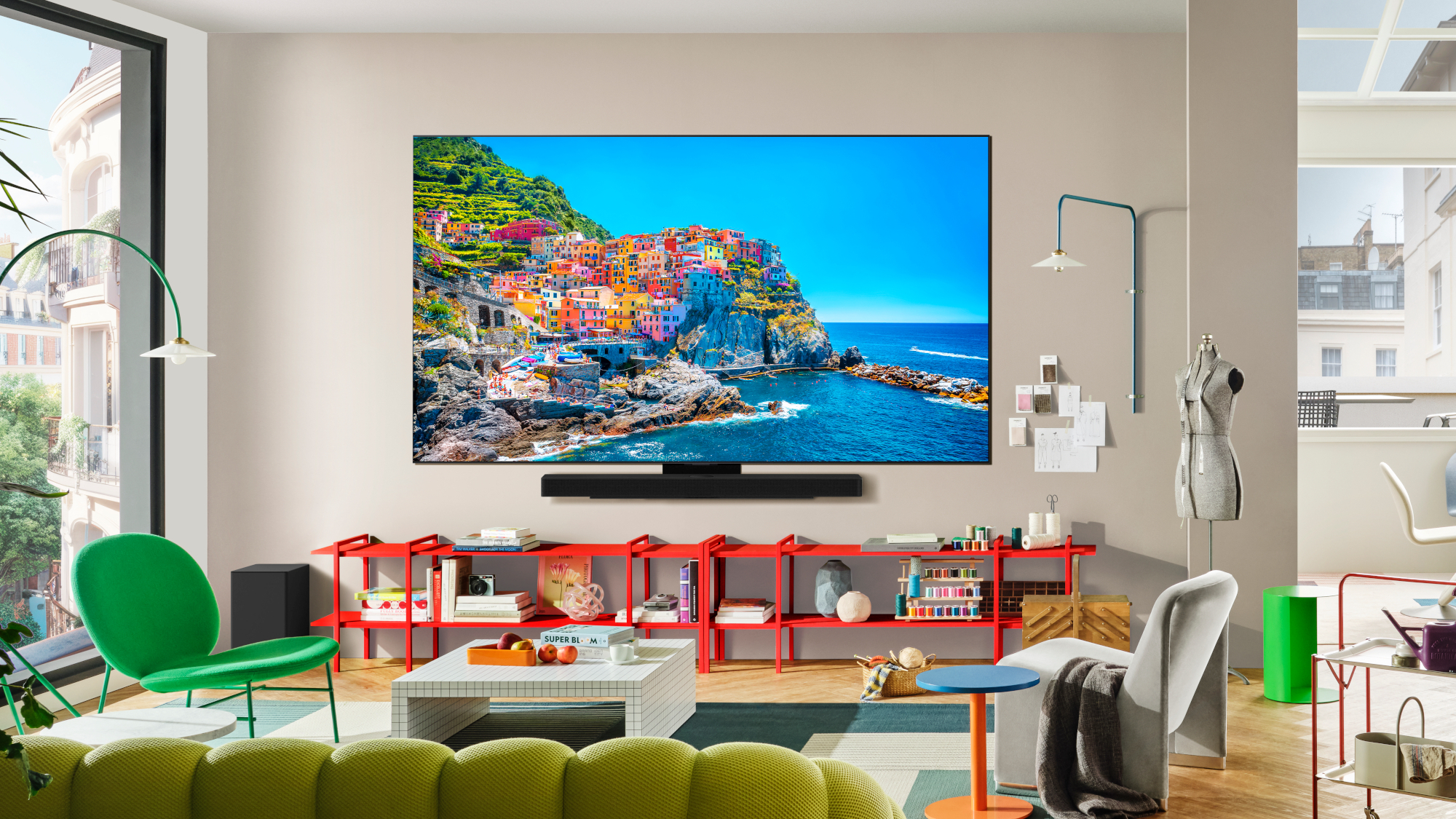Best QLED TVs of 2021
Quantum dot TVs are some of the best you can get. Here are our favorites.
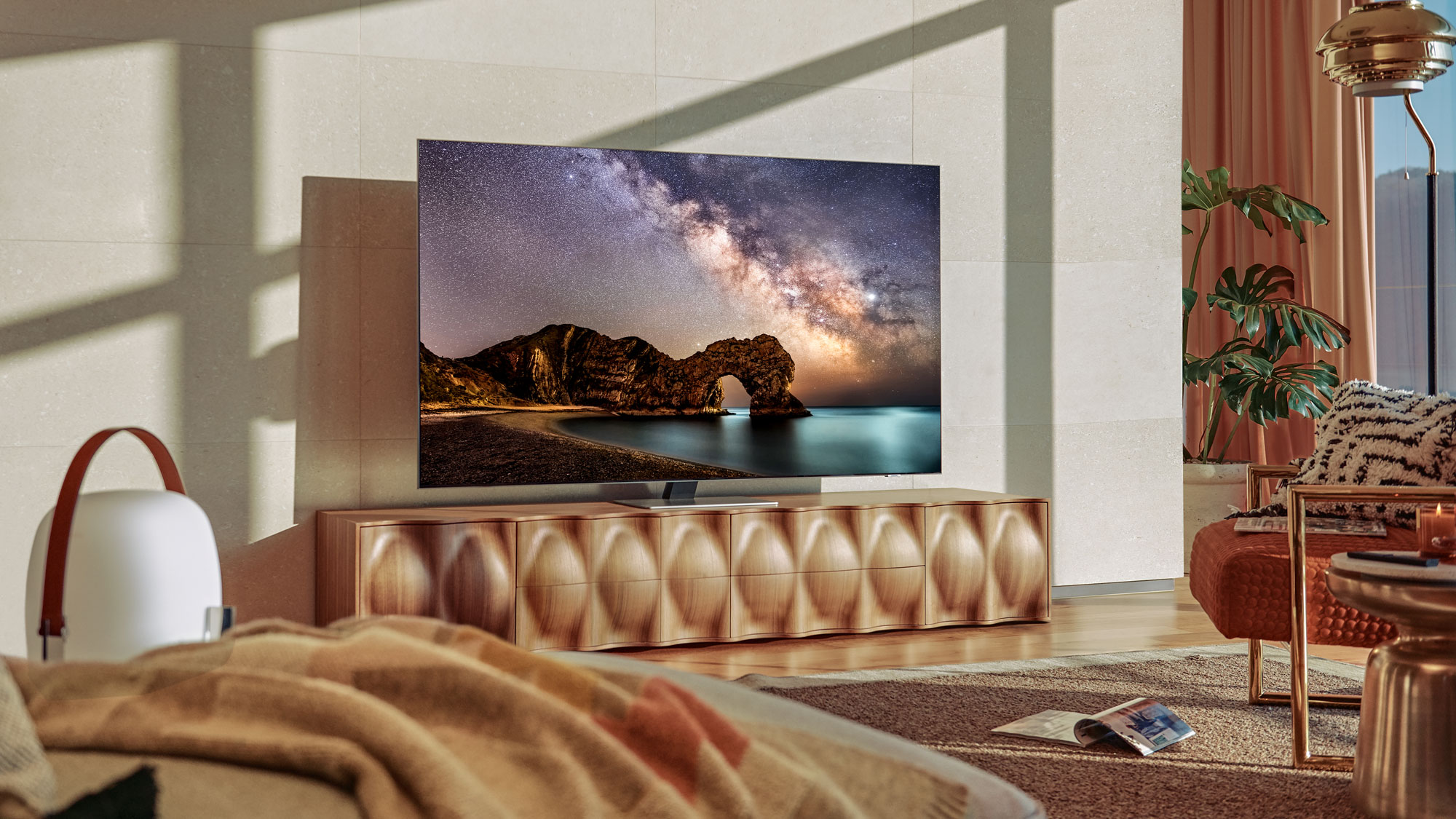
The best QLED TVs show how far the humble LCD panel has come in recent years, combining nanotechnology and innovative new backlighting to deliver TVs that rival OLED competitors, and frequently at lower prices. From premium flagship models destined for the best home theaters to budget-friendly sets that will liven up any living room, the best QLED TVs deliver a one-two punch of brilliant color and excellent contrast.
For several years, Samsung was the only brand that mattered when it came to QLED TVs, but today, quantum dot enhancement is not limited to Samsung models. In fact, the majority of TV makers have hopped on the QLED bandwagon, using the same nanoscale self-emissive crystals to boost picture performance on increasingly affordable 4K smart TVs.
With so many QLED models on the market, we're here to help you sort out which are the best, and which models are the smartest buy for you. We spend hours testing and evaluating every TV we review, and that includes several QLED models from every major manufacturer.
These are the best QLED TVs you can buy today.
Best QLED TV Black Friday deals
Why you can trust Tom's Guide
Black Friday deals are already here, bringing the best TV prices of the year. With major discounts from retailers like Amazon, Best Buy and Walmart, you can score many of the best QLED TVs on this list for a bargain today. Be sure to check out our Black Friday TV deals page for all the latest sales to make sure you get a great TV in time for the holiday season.
For example, we just found massive savings on a 75-inch Hisense QLED TV, as Amazon's chopped $450 off its price.
What are the best QLED TVs?
Samsung may not be the only game in town for QLED enhancement these days, but they are still the best in the business. Case in point, the Samsung Neo QLED QN90A, the flagship 4K smart TV from the manufacturer. As part of Samsung's Neo QLED line it features not only quantum dot enhancement but a new mini-LED backlight, which offers better brightness, tighter backlight control, and improved contrast. Throw in all of Samsung's top-notch smart features and design touches, and it's no surprise that this premium model takes the cake for QLED TVs.
But the second best q-let on the market not only isn't a Samsung, it's upset much of the TV world. The TCL 6-Series Roku TV R635 also boasts quantum dot enhancement, and mini-LED backlight, an innovation it offered a full year before Samsung's Neo QLED models came on the scene. Between the great picture quality it offers, the affordable price and TCL's well-deserved reputation for excellence, the TCL 6-Series Roku TV R635 is our value favorite.
Other great QLED models include the Hisense U8G Android TV and Vizio M-Series Quantum MQ6 alongside other models from Samsung and TCL.
The best QLED TVs you can buy
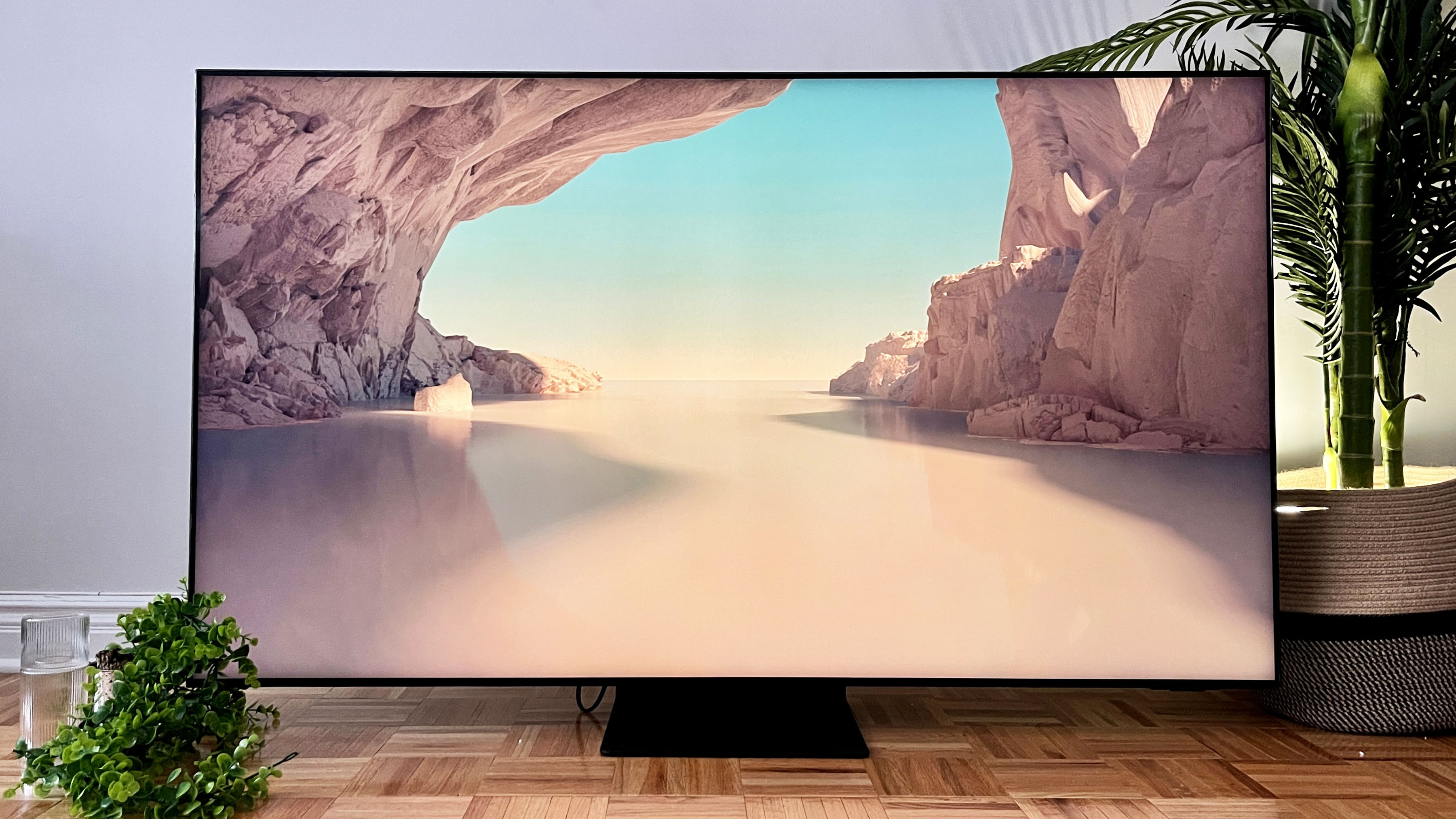

1. Best QLED TV overall: Samsung QN90A Neo QLED TV
Our expert review:
Specifications
Reasons to buy
Reasons to avoid
The Samsung QN90A Neo QLED TV combines Samsung's highly refined quantum dot technology with the tight control of mini-LED backlighting, resulting in one of the best TV displays you'll ever see. Brilliant color and unmatched brightness make for superb performance, and Samsung pairs that with a bounty of smart TV functions and genuinely intelligent features, like a solar-powered remote control that eliminates the need to swap out batteries – delivering eco-friendly design and unbeaten convenience at the same time.
The whole thing is packed into a gorgeous 1-inch-thick design that contains a huge array of smart features, potent Dolby Atmos sound and some of the best performance we've ever seen. HDMI 2.1 connectivity comes standard, along with gamer-friendly features and impressive 12.6-millisecond lag time for an unparalleled gaming experience. It's the best TV we've seen this year, and the winner of the 2021 Tom's Guide Award for Best TV, and a second award as the best gaming TV of the year.
Read our full Samsung QN90A Neo QLED TV review.
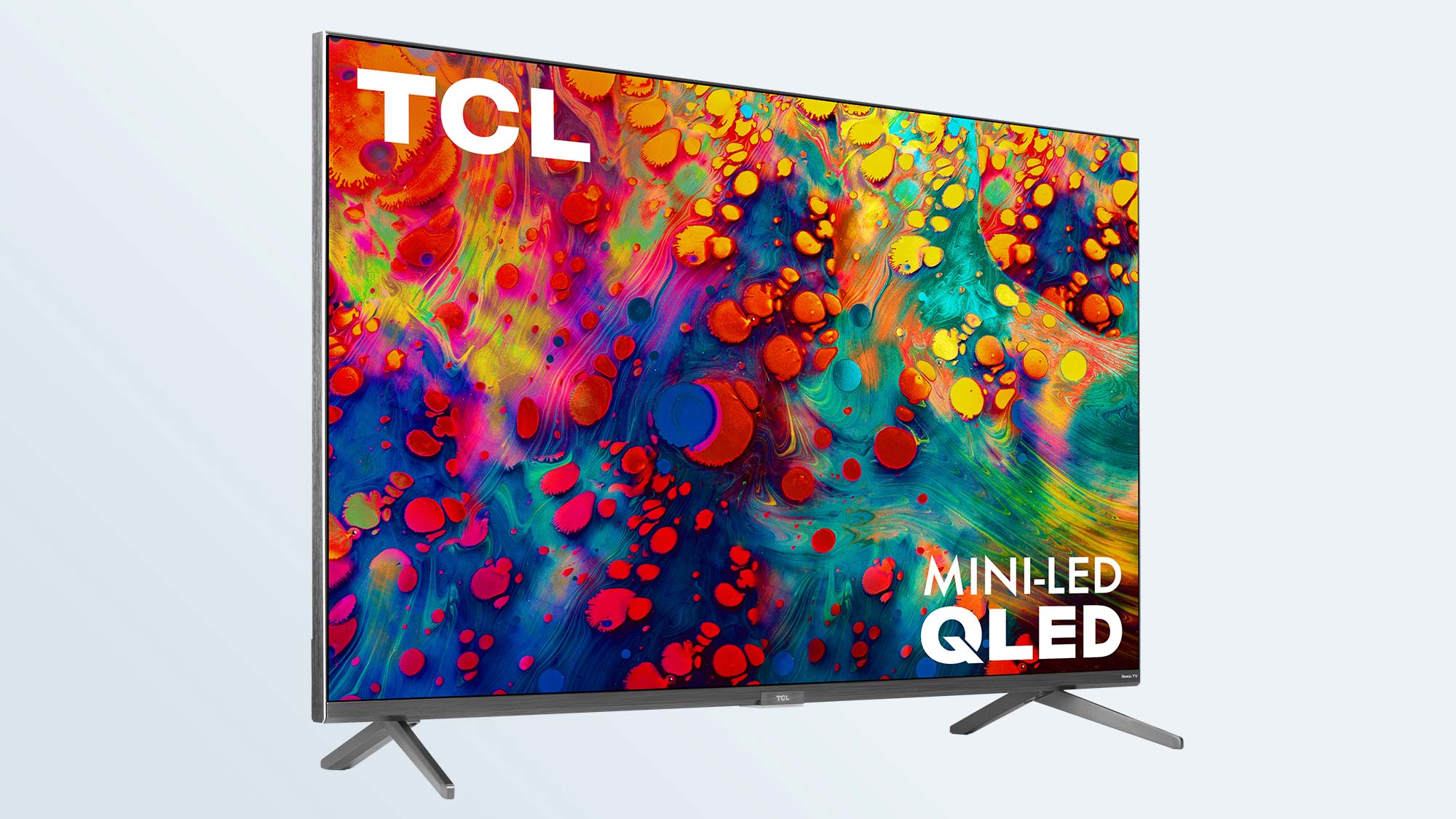

2. Best TV value: TCL 6-Series Roku TV (R635)
Our expert review:
Specifications
Reasons to buy
Reasons to avoid
The TCL 6-Series Roku TV (R635) offers enormous value for it's affordable price, offering premium picture quality and a great smart TV experience for much less than the competition. As TCL's best mainstream smart TV the R635 ups the ante with mini-LED backlighting in addition to QLED. The result is impressive color and brightness, with some of the best HDR performance we've seen on anything this side of an OLED display. It's enough to win a 2021 Tom's Guide Award for best innovation in TVs.
But TCL keeps delivering more, like THX Certified Game Mode, which makes the 6-Series one of the best gaming TVs available, even for yet-to-be-released consoles like the PS5 and the Xbox Series X. From the design's smart touches, like cable management in the stand, to the always-solid Roku TV platform, the TCL 6-Series R635 is the best TV value, and it's not even close.
Read our full TCL 6-Series Roku TV (R635) review.
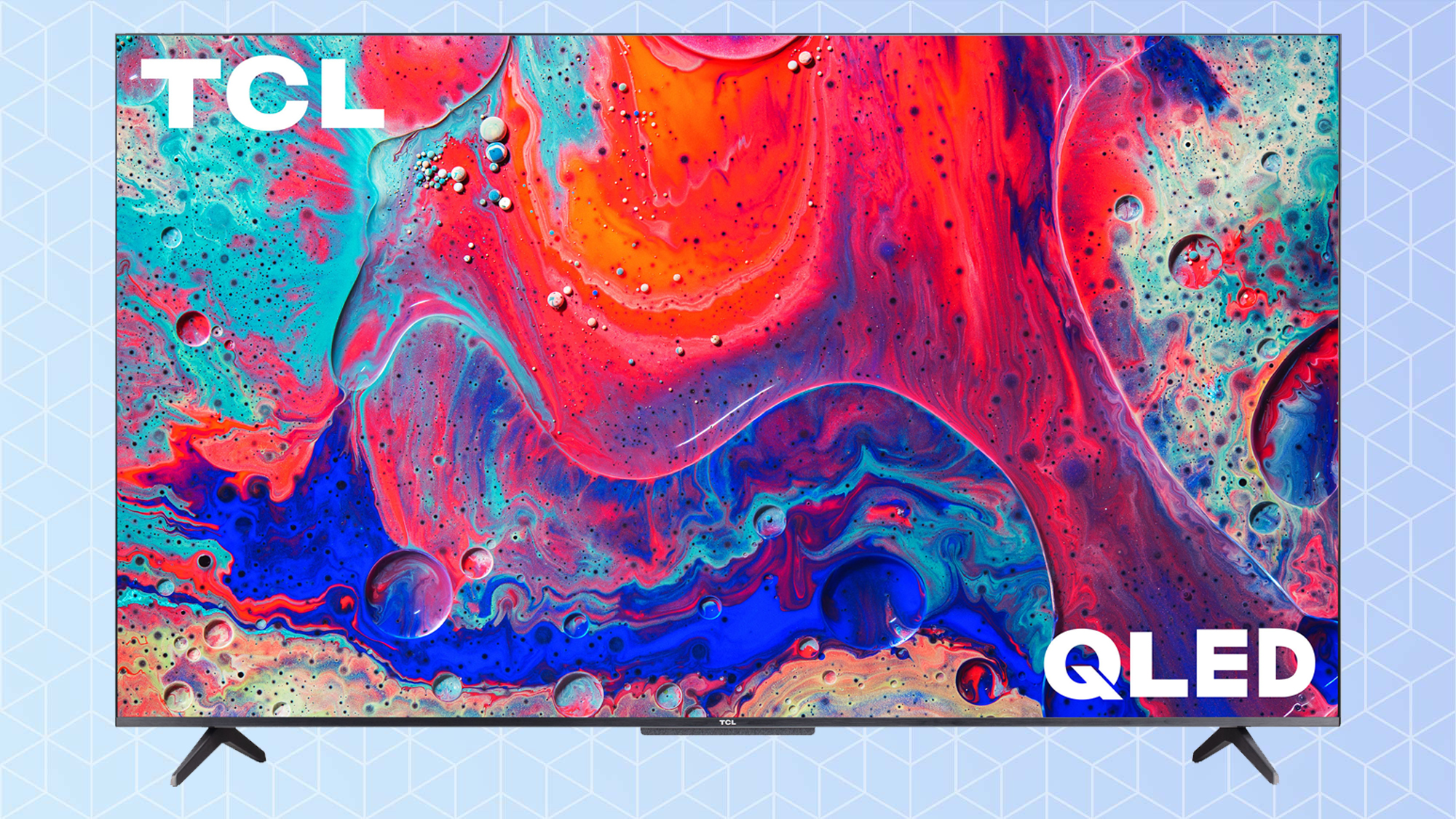

3. Best budget QLED: TCL 5-Series Google TV (S546)
Our expert review:
Specifications
Reasons to buy
Reasons to avoid
The TCL 5-Series Google TV (S546) wowed us with its combination of smart TV features, solid performance and great value for your dollar. Building on the foundation of the already-good 5-Series, the move to Google TV gives the affordable 4K smart TV a more premium smart TV platform, one that offers personalized and customizable suggestions, a huge assortment of smart features, and deep Google Assistant integration that makes it a viable center for the entire home of connected gadgets.
But it also offers a step up in other aspects of the TV. From color quality to lag times, the 5-Series Google TV is a more polished version of the 5-Series TV, delivering an excellent QLED 4K display, a slick remote control, and a surprisingly wide array of gaming features for a 60Hz TV. For a smart TV that sells for under $1,000 for most size options, it's easily one of the best TVs on the market.
Read our full TCL 5-Series Google TV (S546) review.
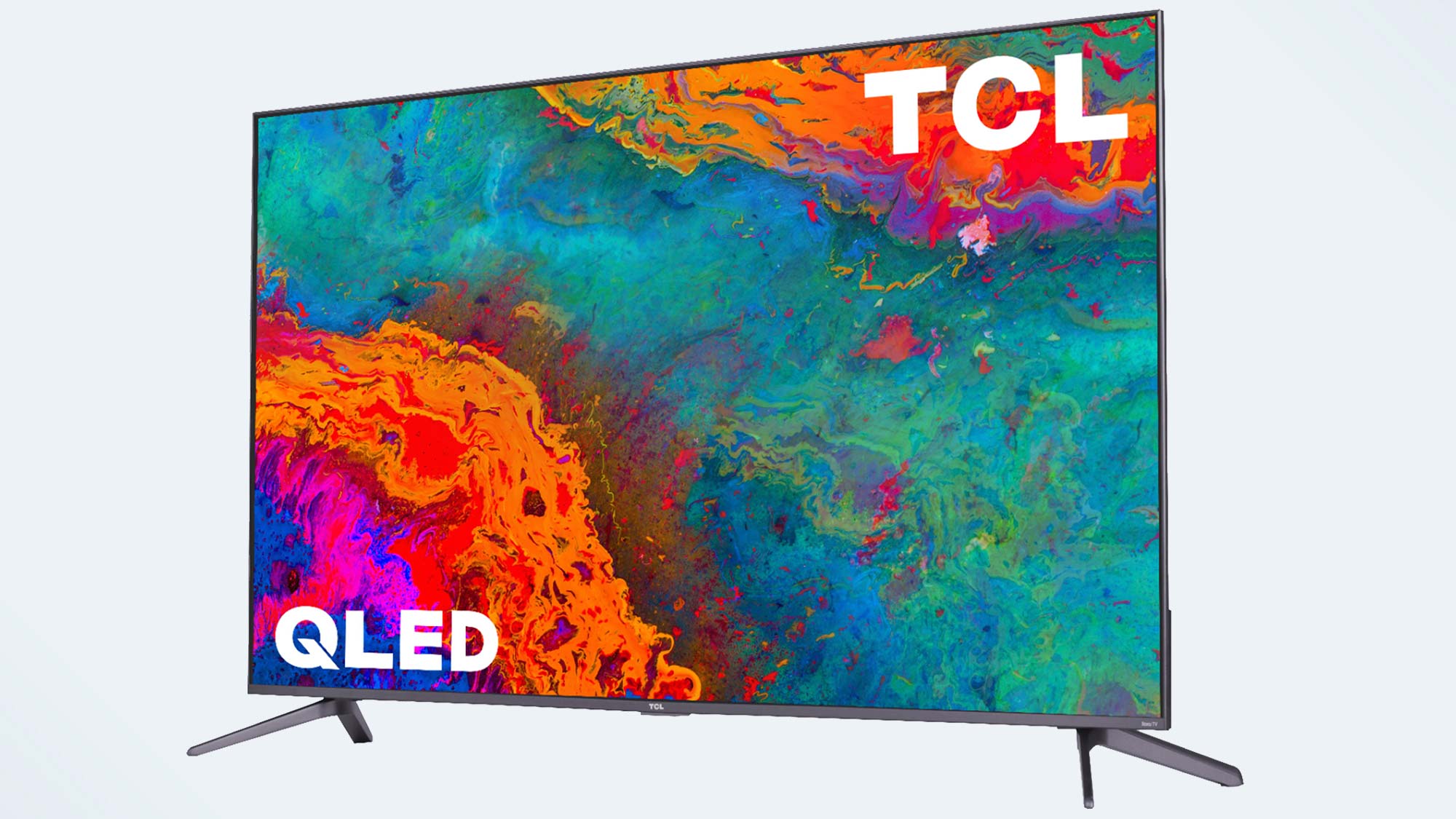

4. Best budget QLED: TCL 5-Series Roku TV (S535)
Our expert review:
Specifications
Reasons to buy
Reasons to avoid
The TCL 5 Series Roku TV does what TCL does best, delivering a surprisingly great mix of features and performance at an excellent affordable price. With even the largest model selling for less than $1000, you get the superb color and brightness of QLED, as well as Roku's user-friendly smart TV interface, which puts thousands of apps right at your fingertips.
In addition to the excellent color accuracy and full color gamut offered by the QLED display, it offers top-of-the-line HDR support, with Dolby Vision in addition to basic HDR10 and HLG formats. With input lag clocking in at 13.1 milliseconds, it's also one of the best affordable gaming TVs you can buy. And it's roughly half the price of Samsung's equivalent QLED TV, making it one of the best values in smart TVs.
Read our full TCL 5-Series Roku TV (S535) review.
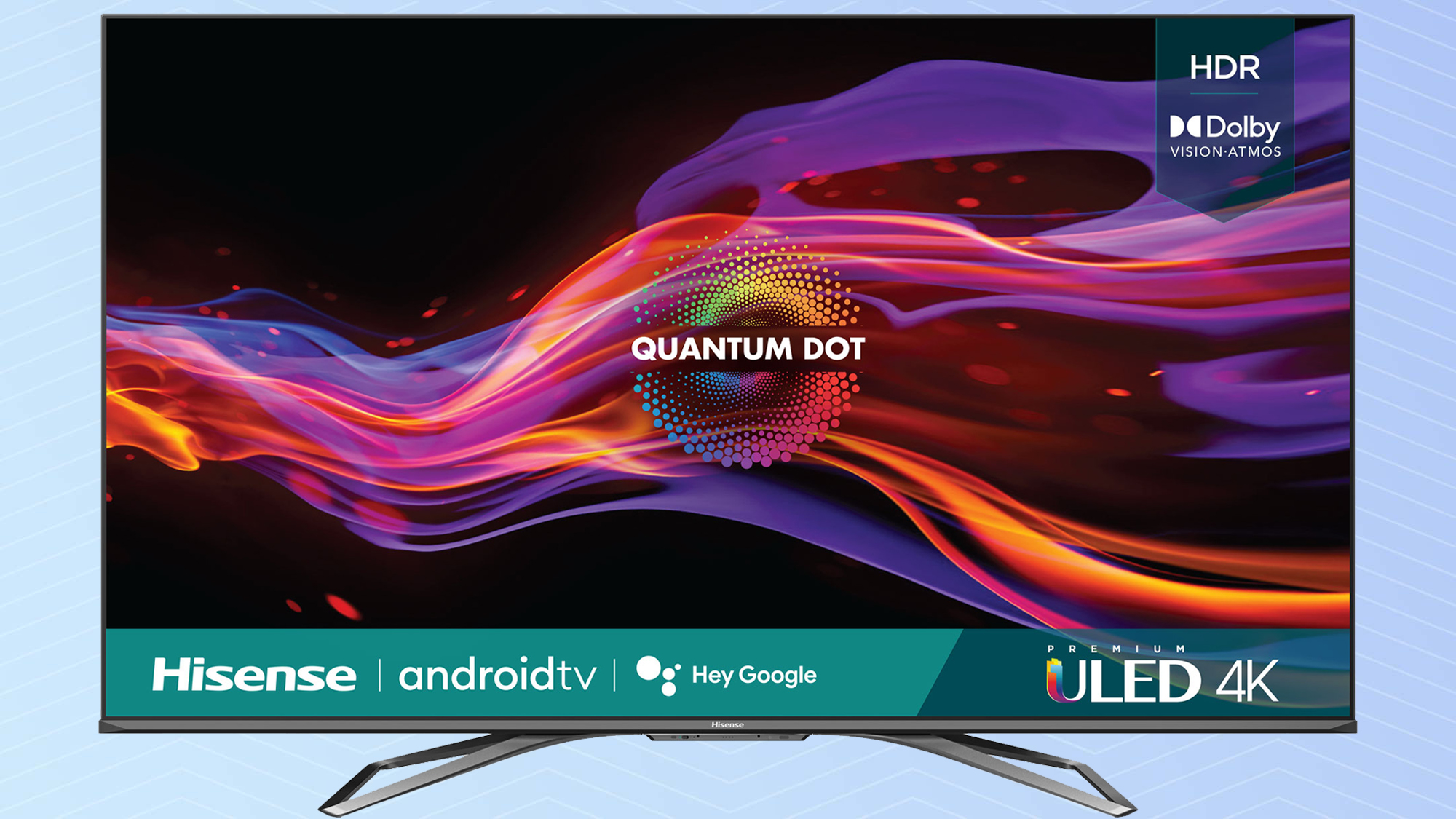

5. Best Hisense TV: Hisense U8G Android TV
Our expert review:
Specifications
Reasons to buy
Reasons to avoid
The Hisense U8G Android TV is our favorite Hisense model, and one of the best Android TVs around. With a quantum dot color and integrated Chromecast and Google Assistant, it's a full-featured smart TV that offers great quality for a reasonable price. With support for both Dolby Vision and HDR10+, it also offers the best HDR format support you can find, along with Dolby Atmos sound. It has built-in voice control with room-listening microphones, effectively letting you use the TV as a smart speaker, and offering the sort of smart home integration and control that would normally cost much more.
In our review, we were especially impressed by the U8G's brightness, which exceeds 700 nits of peak brightness and combines with the better-than-average HDR support for great performance that brings out highlights and shadows. With few complaints and lots of great perks, the Hisense U8G ANdroid TV is easily our new favorite Hisense model.
Read our full Hisense U8G Android TV (65U8G) review.
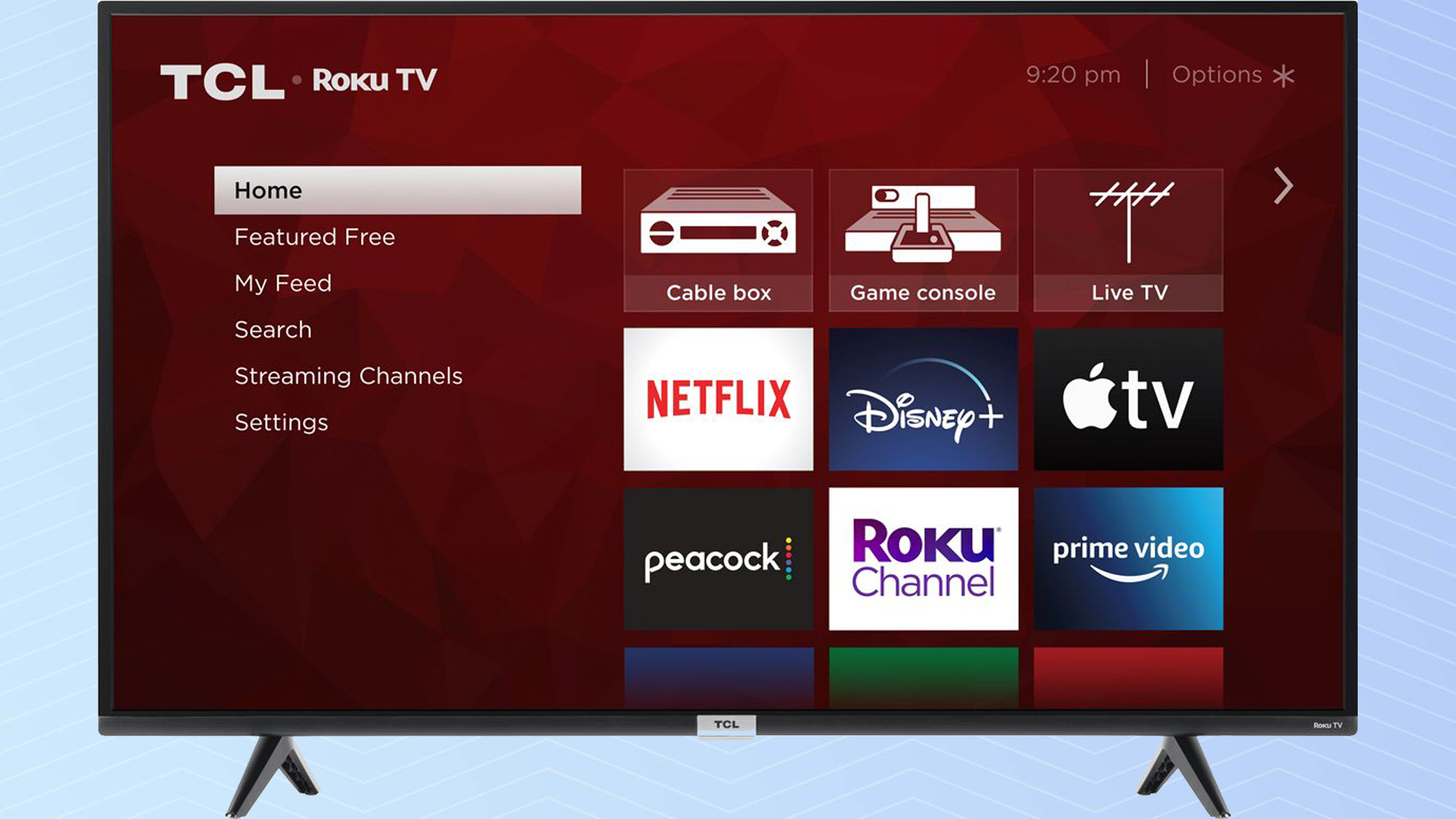
6. Best budget Roku TV: TCL 4-Series Roku TV (S435)
Our expert review:
Specifications
Reasons to buy
Reasons to avoid
The TCL 4-Series Roku TV (S435) demonstrates that 4K is mainstream now, with respectable picture quality and the very convenient Roku TV smart interface. Delivering a great smart TV experience, HDR support and an ultra-affordable price, it's an easy pick for shoppers on a budget. It may not have the QLED display of the 5-Series or the mini-LED backlight of the 6-Series, but even TCL's affordable 4-Series TVs offer above average quality for a budget LCD TV.
The TCL 4-Series is available in an impressive range of screen sizes. From a relatively compact 43-inch model to a whopping 85-inch version (part of the TCL XL Collection that's new for 2021), the 4 series manages to be surprisingly affordable at every size. With rich, accurate color and gamer-friendly lag times as short as 13 milliseconds, TCL proves that even its less impressive models are some of the best deals in the TV world.
Read our full TCL 4-Series Roku TV (S435) review.
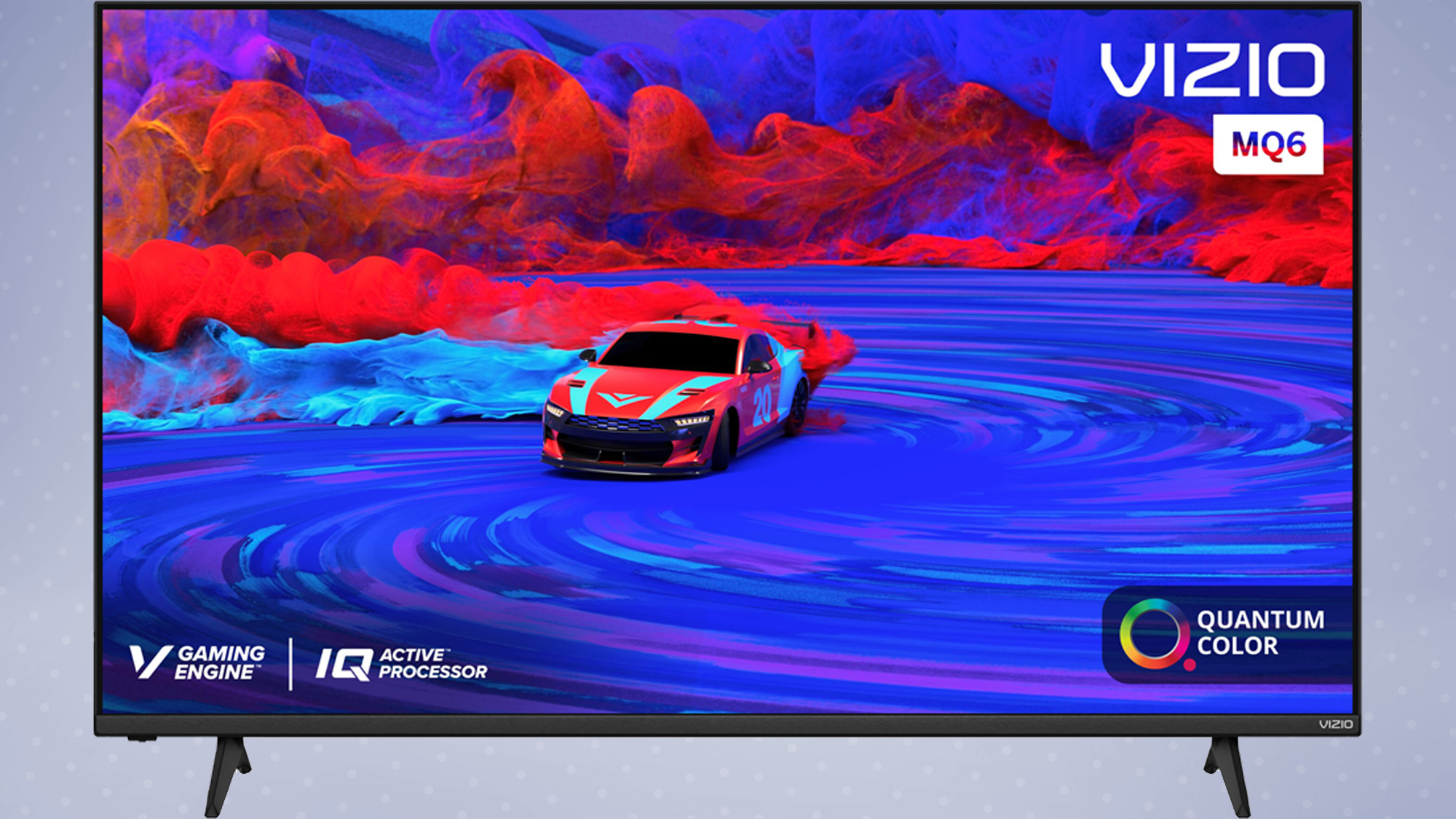
7. A solid QLED deal: Vizio M-Series Quantum MQ6
Our expert review:
Specifications
Reasons to buy
Reasons to avoid
The Vizio M-Series Quantum MQ6 tries to deliver a QLED display and 4K smart TV features while keeping prices low, and it mostly succeeds. You'll get a budget-friendly 4K set with Vizio SmartCast, decent performance and a new addition for Vizio models – voice control. There's a lot to love here, but the low price comes with some compromises that you'll just have to live with.
The addition of voice interaction and a new streamlined voice-enabled remote control help make Vizio SmartCast the best it's ever been, and the quantum display delivers great color reproduction and picture quality. But you'll be faced with a limited app selection and blunted brightness and contrast performance. If you're not picky about smarter aspects of smart TVs, it's a solid option for shoppers that want to save a buck.
Read our full Vizio M-Series Quantum MQ6 review.
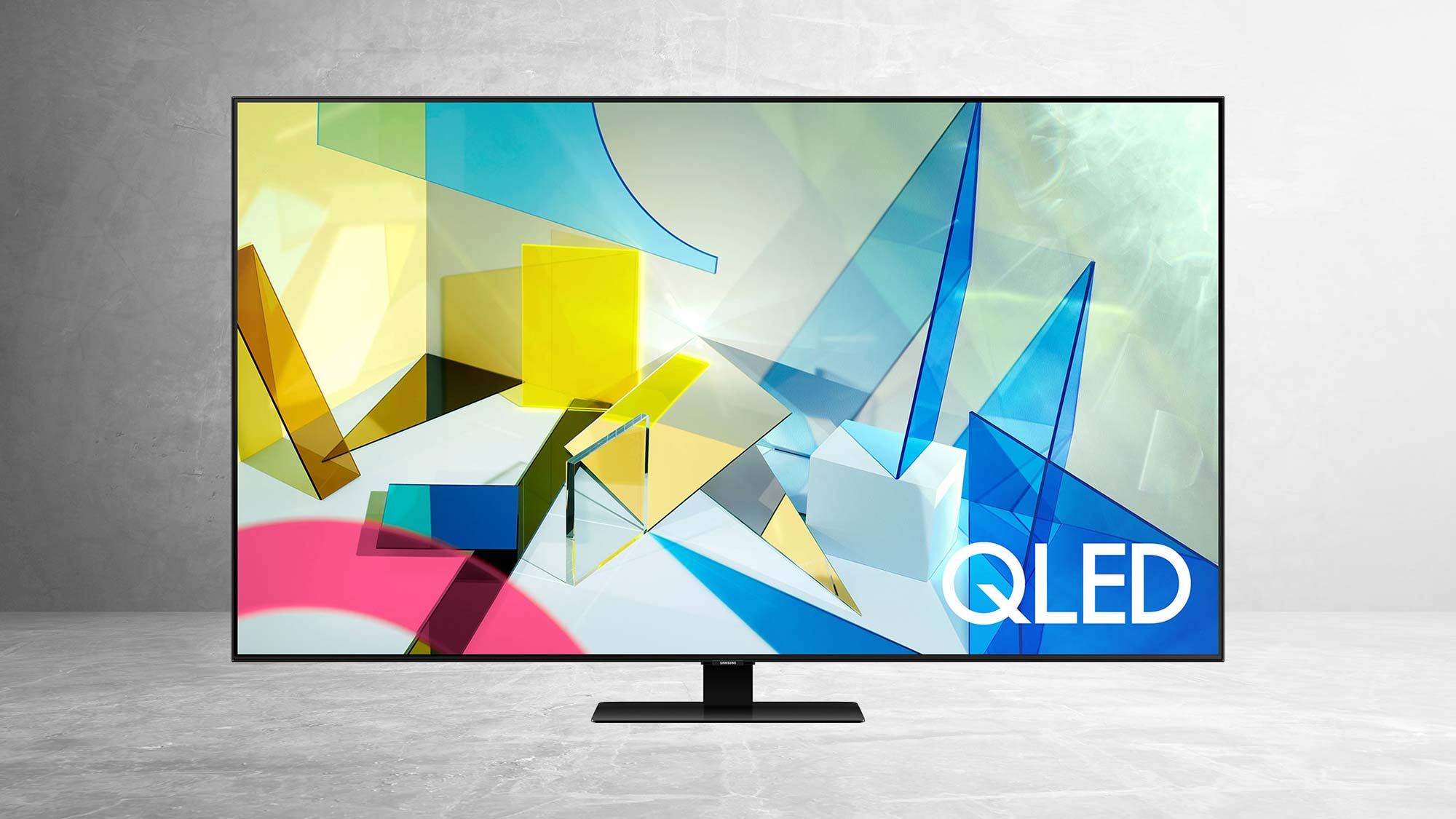
8. A great QLED model: Samsung Q80T QLED TV
Our expert review:
Specifications
Reasons to buy
Reasons to avoid
What is QLED?
So what makes a QLED TV special? QLED is shorthand for the combination of LED backlight and nano-scale crystals called quantum dots – which have the unique quality of responding to light with light of their own, in specific color wavelengths.
By combining these color boosting crystals with the bright backlight of LED-lit TVs, manufacturers can deliver boosted color and brightness. The result is a huge improvement over traditional LCD TVs.
Sony introduced the first quantum dot enhanced TV in 2013, but Samsung brought it to the forefront with their first QLED TV in 2017. Since then, the prevalence of quantum dot technology has grown, showing up on TVs from TCL, Hisense, Vizio and others.
How to choose the best QLED TV for you
Once you've decided to get a QLED TV, you can feel pretty confident that you'll get a great 4K picture, with better-than-average color and brightness! But with so many TVs boasting the technology, how do you choose? There are a few key features to keep in mind to help you get the best TV for you.
Screen size: When in doubt, we recommend opting for the largest screen you can comfortably fit in your living room. Larger screens offer a more immersive experience, but they also increase the cost of the TV. We recommend using our guide What size TV should you buy? to select the ideal screen size for your home and then finding the best fit for features and budget.
Backlight: When it comes to QLED TVs, backlighting is a pretty big deal. The most basic models will offer edge-lit LED backlight, which rings the perimeter of the display with LED lights, or direct array backlight, which has LEDs across the entire back of the panel. These offer decent illumination for screen brightness and visibility, but they lack the discrete dimming zones that allow for deeper contrast and better HDR performance.
The next step up is full array with local dimming (FALD), which breaks up the multiple LEDs of a direct array into portions of the screen that can be individually brightened or dimmed to create a richer, more lifelike picture. The more backlighting zones, the better, and this is one feature that manufacturers use to justify higher prices on more premium models.
The best version of this uses mini-LEDs to shrink those dimming zones into mere clusters of pixels, providing the best performance any QLED TV can produce. If a mini-LED set will fit into your budget, we recommend it. It's one of the best innovations in TVs in the last few years.
Smart features: The final piece of the puzzle is the TV's smart software, which will dictate both the interface you use everytime you turn on the TV, and the app selection you'll get to choose from. Samsung's Tizen is one of the best, but both Android TV and Roku TV offer great options for value shoppers. Vizio SmartCast isn't as highly recommended – it has a smaller app selection than the others we've mentioned – but it's still a workable option.
Smart TVs can also work with other smart devices in your home, like video doorbells and smart speakers. The specifics of which devices are compatible will vary from one brand and model to the next, so be sure to look up your favorite devices and check out the smart feature portion of our TV reviews.
Price: For a lot of TV shoppers, price is the biggest part of any buying decision. Thankfully, there are a lot of great options for QLED TVs that range from premium models to affordable budget sets.
Sign up to get the BEST of Tom's Guide direct to your inbox.
Get instant access to breaking news, the hottest reviews, great deals and helpful tips.
Brian Westover is currently Lead Analyst, PCs and Hardware at PCMag. Until recently, however, he was Senior Editor at Tom's Guide, where he led the site's TV coverage for several years, reviewing scores of sets and writing about everything from 8K to HDR to HDMI 2.1. He also put his computing knowledge to good use by reviewing many PCs and Mac devices, and also led our router and home networking coverage. Prior to joining Tom's Guide, he wrote for TopTenReviews and PCMag.

